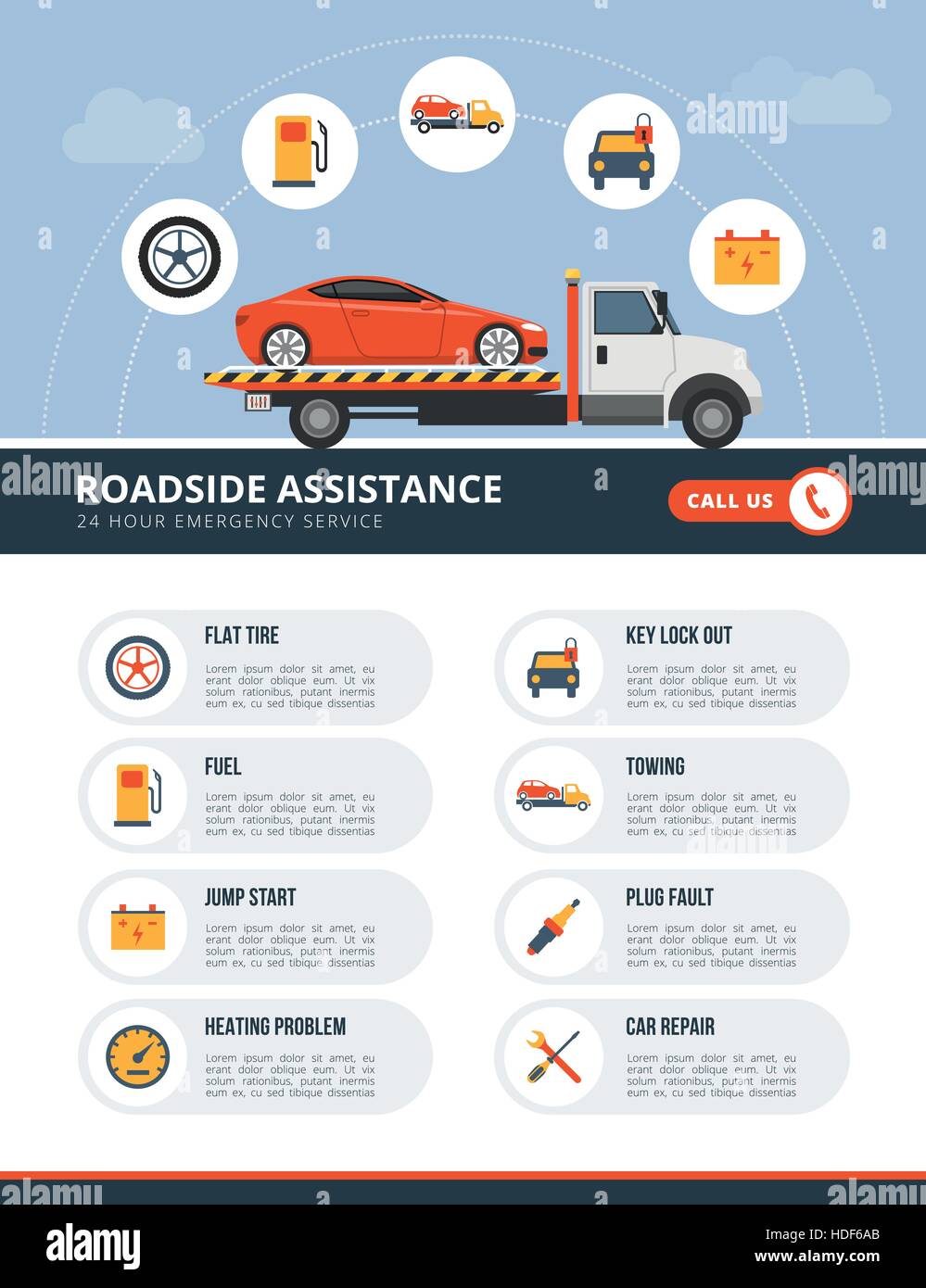Examining Your Vehicle'S Caution Indicators: What They Truly Share
Examining Your Vehicle'S Caution Indicators: What They Truly Share
Blog Article
Produced By-Hartley Alvarado
When you're behind the wheel, those radiant caution lights on your control panel can be a little bit perplexing. Do you know what they're attempting to inform you regarding your auto's health and wellness? Comprehending the relevance of these lights is essential for your safety and security and the long life of your automobile. So, the next time one of those lights turns up, wouldn't you want to decode its message accurately and take the essential steps to resolve it?
Common Caution Lights and Interpretations
Recognize common caution lights in your cars and truck and comprehend their definitions to ensure safe driving.
The most regular caution lights consist of the check engine light, which signals problems with the engine or emissions system. If this light begins, it's critical to have your car inspected immediately.
The oil stress warning light suggests low oil pressure, calling for instant focus to avoid engine damages.
A flashing battery light might suggest a damaged billing system, possibly leaving you stranded if not dealt with.
The tire pressure tracking system (TPMS) light notifies you to low tire stress, impacting vehicle security and fuel performance. Overlooking this could cause harmful driving conditions.
The ABS light shows a problem with the anti-lock braking system, endangering your ability to quit swiftly in emergency situations.
Finally, the coolant temperature level cautioning light warns of engine getting too hot, which can result in serious damages otherwise fixed swiftly.
Recognizing these common warning lights will help you address concerns quickly and keep risk-free driving problems.
Significance of Prompt Interest
Comprehending the typical warning lights in your automobile is just the initial step; the value of without delay dealing with these cautions can not be highlighted sufficient to ensure your security on the road.
When https://oilchange06283.blazingblog.com/32177924/how-mobile-car-explaining-providers-can-save-you-money-and-time illuminates on your dashboard, it's your automobile's means of interacting a potential concern that requires attention. Ignoring these cautions can bring about much more serious problems in the future, jeopardizing your safety and potentially costing you extra in repairs.
visit the up coming document to cautioning lights can protect against failures and accidents. As an example, a flashing check engine light could show a misfire that, if left ignored, can trigger damage to the catalytic converter. Resolving this promptly can conserve you from a pricey repair service.
Similarly, a brake system cautioning light might signal reduced brake liquid or worn brake pads, important components for your safety and security when driving.
Do It Yourself Troubleshooting Tips
If you notice a warning light on your control panel, there are a couple of DIY troubleshooting pointers you can attempt before looking for expert aid.
The initial step is to consult your vehicle's manual to understand what the certain caution light indicates. In some cases the concern can be as simple as a loose gas cap setting off the check engine light. Tightening the gas cap may deal with the issue.
Another usual problem is a low battery, which can trigger numerous advising lights. Examining the battery links for deterioration and guaranteeing they're safe and secure might deal with the trouble.
If a warning light continues, you can try resetting it by separating the car's battery for a couple of mins and then reconnecting it. Furthermore, checking your car's liquid levels, such as oil, coolant, and brake fluid, can assist fix warning lights related to these systems.
Conclusion
To conclude, comprehending your vehicle's warning lights is essential for keeping your lorry running efficiently and safely. By immediately attending to these notifies and knowing what they imply, you can avoid pricey repairs and prospective breakdowns.
Remember to consult your vehicle's handbook for specific information on each alerting light and take action as necessary to ensure a trouble-free driving experience.
Remain educated, stay safe on the road!
